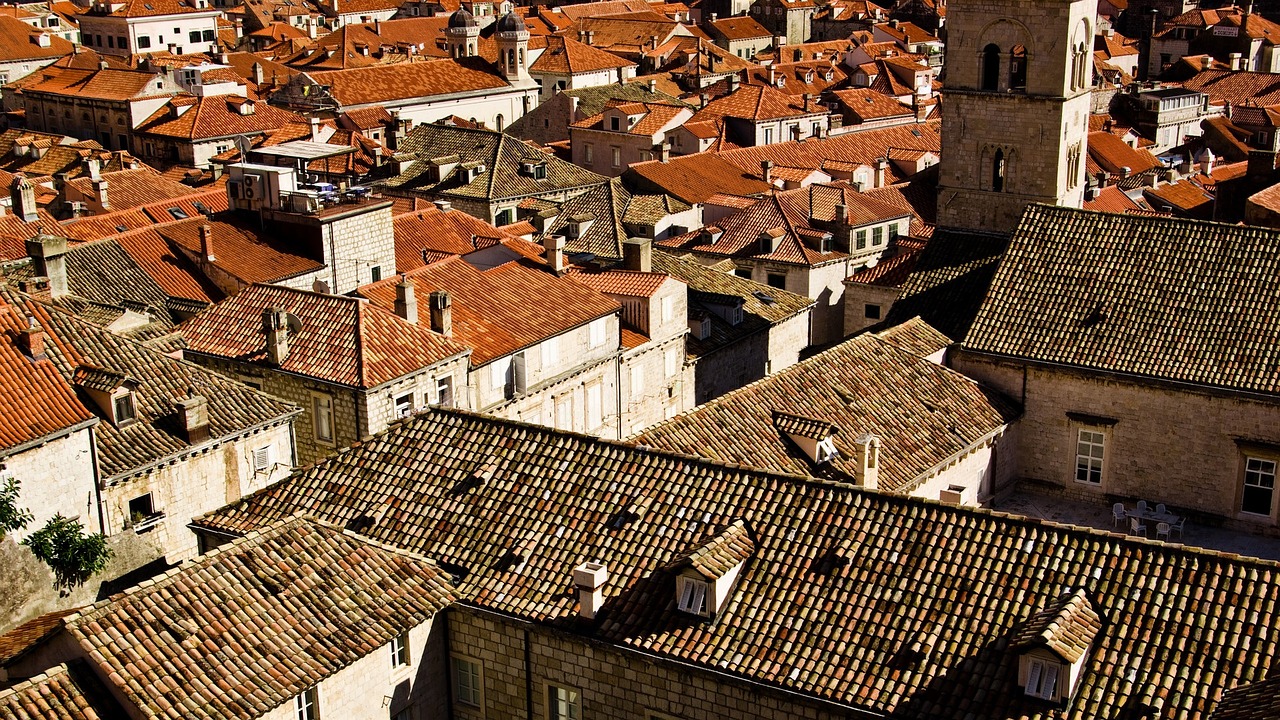
DOWNLOAD THE COMPLETE WORK HERE.
Cities play a crucial role in the fight against climate change, as they are responsible for more than 70% of global CO₂ emissions and consume approximately 65% of the world’s energy. The need to achieve climate neutrality in urban environments has led to the exploration of nature-based solutions (NBS), including green roofs.
The study ‘Calculation of the decarbonisation potential of the installation of green roofs in the L’Illa Perduda neighbourhood in Valencia’, carried out by Max Zayas Orihuela at the Universitat Politècnica de València, develops a methodology to identify viable rooftops for the installation of green roofs in Valencia and assesses their impact on the reduction of greenhouse gas (GHG) emissions.
Methodology and Assessment of Decarbonisation Potential
To determine the feasibility of green roofs in L’Illa Perduda, geographic information systems (GIS) and computer vision algorithms were used. The methodological process was carried out in several stages:
Identification of suitable surfaces: Cadastral data were combined with LiDAR measurements to select roofs with a minimum surface area of 100 m² and a slope of no more than 10°.
Calculation of the total available area: Based on the cadastral plan and aerial image processing, the estimation of the viable area was improved.
Energy and carbon sequestration impact analysis: The potential energy savings and the amount of CO₂ captured through photosynthesis and reduction of energy consumption were assessed.
Economic analysis: The financial feasibility of implementing green roofs was assessed considering costs and benefits.
The results indicate that approximately 50% of the buildings in L’Illa Perduda are suitable for the installation of green roofs. Their implementation would reduce energy consumption in the neighbourhood by 1% and sequester between 354.2 and 484.1 tonnes of CO₂ per year.
Benefits of Green Roofs
Green roofs offer multiple environmental and social benefits:
Carbon footprint reduction: they contribute to CO₂ sequestration and decrease indirect emissions by reducing the energy demand of buildings.
Energy efficiency: They improve the thermal insulation of buildings, reducing the need for heating in winter and cooling in summer.
Rainwater management: Mitigate the impact of heavy rainfall by absorbing and retaining water, reducing the risk of flooding.
Biodiversity and urban comfort: They favour the creation of habitats for urban species and improve the quality of life in cities by reducing the heat island effect.
Economic Considerations and Future Prospects
Despite its benefits, the economic analysis of the study concludes that the installation of green roofs in L’Illa Perduda is not financially viable if only the direct benefits are considered. However, its implementation could be economically justified if social and environmental benefits are integrated into the financial analysis. The inclusion of government incentives and policies to support green infrastructure could facilitate its adoption in the urban environment.
This study provides a methodological basis for replication in other neighbourhoods and cities seeking effective urban decarbonisation strategies. From the Chair in Urban Energy Transition, we remain committed to the research and implementation of innovative solutions that promote sustainable and resilient urban development.







